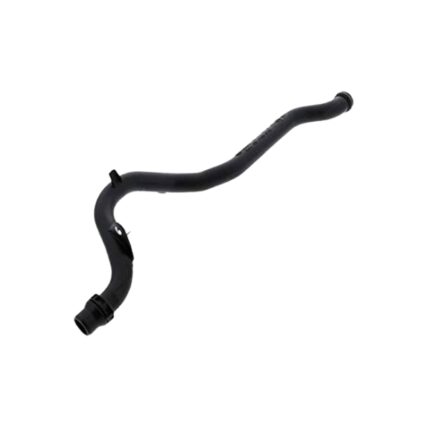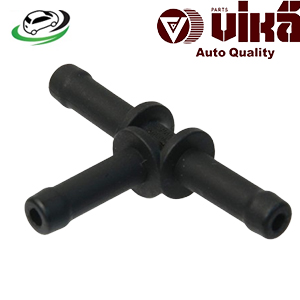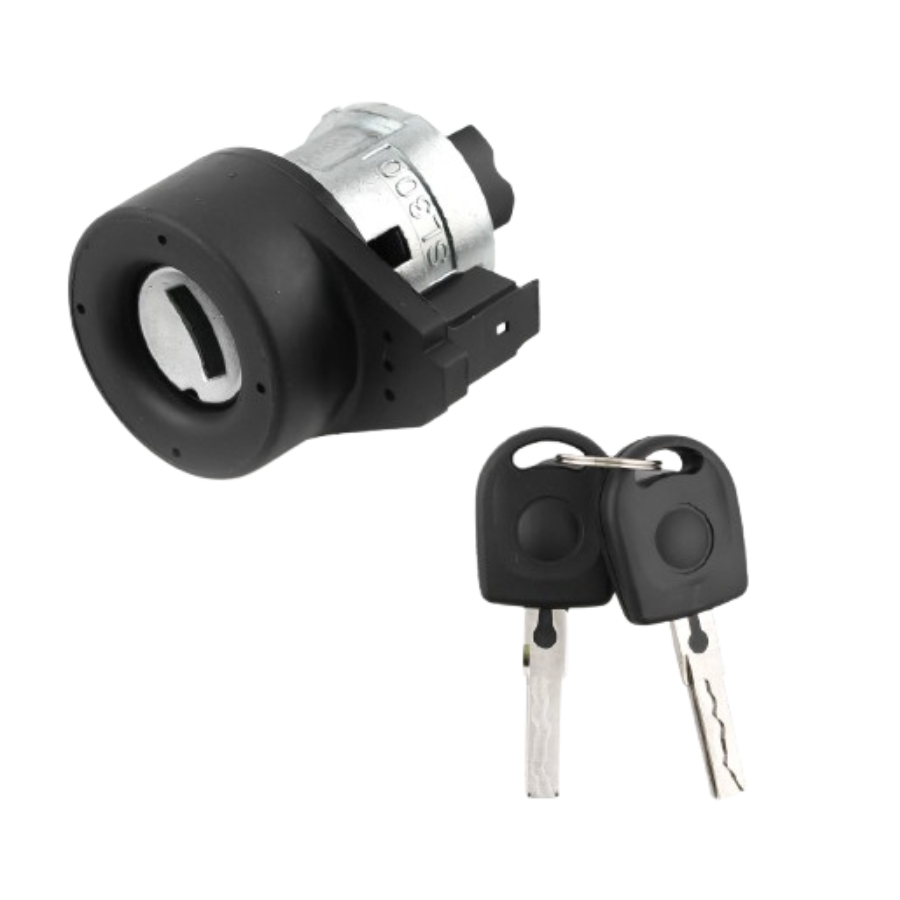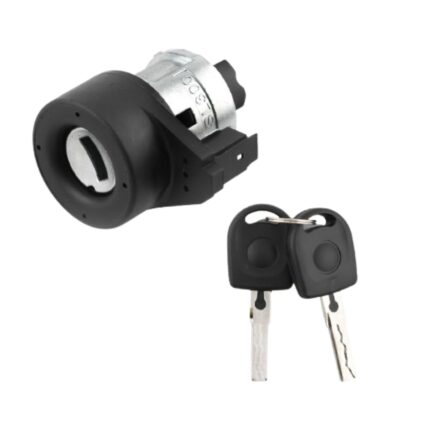Get VW Jetta 1.8L Ignition Lock Cylinder 3B0905855C in Kenya
The ignition lock cylinder is a crucial component of a vehicle’s ignition system, responsible for powering the car and enabling the engine to start. Typically found on the steering column, the ignition lock cylinder is the physical mechanism into which you insert the key to start the vehicle. In more modern vehicles, this role may be taken over by push-button or keyless ignition systems, but many vehicles still rely on a traditional ignition lock cylinder.
The ignition lock cylinder serves as a bridge between the mechanical key and the electrical systems that power the engine, making it an essential part of the overall vehicle operation. When you insert the key into the ignition and turn it, the cylinder sends signals to the starter motor, which initiates the engine start-up sequence. Without a functioning ignition lock cylinder, starting the vehicle would be impossible, and security would be compromised.
2. Function of the Ignition Lock Cylinder
The ignition lock cylinder performs several important functions:
- Mechanical Interface: The ignition lock cylinder is the key’s receptacle, designed to accept the specific pattern of the key. Only a key with the correct cut or shape can rotate the cylinder, ensuring that only authorized users can start the vehicle.
- Switching on the Ignition: When you turn the key, the cylinder activates the electrical ignition switch located behind it. The ignition switch powers up the vehicle’s electrical systems, such as the dashboard lights, fuel system, and engine control module, preparing the car for starting.
- Starter Activation: As you turn the key further, the ignition lock cylinder sends a signal to the starter motor, triggering the engine’s cranking process. The engine begins to run when the key reaches the “start” position, and the vehicle is now ready for operation.
- Locking Mechanism: The ignition lock cylinder also serves as a security feature by locking the steering wheel when the key is removed or when the key is turned to the “lock” position. This prevents unauthorized individuals from moving or starting the vehicle.
- Accessory Mode: Most ignition lock cylinders have an accessory mode that powers auxiliary functions like the radio or air conditioning without starting the engine. This is useful when you want to use some vehicle systems without running the engine.
3. Components of an Ignition Lock Cylinder
The ignition lock cylinder is made up of several key components that work together to ensure its function:
- Keyway and Tumbler Pins: The keyway is the slot where the key is inserted. Inside the keyway are tumblers or pins that are arranged in a specific pattern that corresponds to the unique cuts on the vehicle’s key. When the correct key is inserted, these pins align to allow the cylinder to rotate.
- Housing: The lock cylinder is housed within a protective casing, often located on the steering column or dashboard. The housing secures the lock cylinder in place and protects it from damage.
- Ignition Switch: Located directly behind the lock cylinder, the ignition switch is an electrical component that the cylinder activates. As the key is turned, the switch sends electrical signals to the necessary systems to start the vehicle.
- Steering Lock Mechanism: In many vehicles, the ignition lock cylinder is integrated with a steering wheel lock mechanism. This mechanism prevents the steering wheel from turning when the key is removed, enhancing vehicle security.
4. The Importance of the Ignition Lock Cylinder
The ignition lock cylinder plays a vital role in both the operation and security of your vehicle. Its significance can be understood through several key aspects:
- Starting the Engine: Without a functioning ignition lock cylinder, the engine cannot be started. This makes it a fundamental component of your vehicle’s operation.
- Security Feature: The lock cylinder prevents unauthorized access to the vehicle by requiring a specific key to turn the cylinder. If a would-be thief tries to use a different key or force the cylinder, it will remain locked, preventing the engine from starting.
- Accessory Control: The cylinder allows the driver to activate auxiliary systems like the radio or power windows without starting the engine, which can be useful for charging devices or listening to music while parked.
- Steering Lock Protection: The ignition lock cylinder also engages the steering lock mechanism, making it harder to steal the vehicle by locking the steering wheel when the key is not in the ignition. This additional layer of security deters theft.
5. Common Issues with Ignition Lock Cylinders
Over time, the ignition lock cylinder can experience wear and tear, leading to various issues. Some of the most common problems include:
- Key Won’t Turn: A common issue is when the key won’t turn in the ignition lock cylinder. This can be caused by worn-out tumblers or dirt and debris inside the cylinder. When the tumblers inside the cylinder wear down or become misaligned, the key may no longer fit perfectly, preventing the cylinder from turning.
- Key Stuck in Ignition: Sometimes, the key may get stuck in the ignition cylinder. This can be due to damaged pins or internal components, or it might occur if the steering wheel lock is engaged and preventing the key from being removed.
- Ignition Lock Failure: In some cases, the entire lock cylinder may fail, making it impossible to start the vehicle or switch it off. This can result from long-term wear or internal damage to the cylinder’s components.
- Electrical Problems: If the ignition switch behind the cylinder malfunctions, the key might turn, but the engine won’t start. This can also lead to issues with power being delivered to accessories or the engine control system.
- Steering Wheel Locked: Sometimes, the steering wheel may become locked, and the key won’t turn because the steering wheel lock mechanism is engaged. This can happen if the driver applies pressure to the steering wheel when removing the key.
6. Diagnosing and Repairing Ignition Lock Cylinder Issues
Addressing problems with the ignition lock cylinder requires an understanding of the symptoms and causes. Here are steps to diagnose and repair common issues:
- Check the Key: If the key won’t turn in the cylinder, inspect the key for signs of damage or wear. Sometimes, a worn-out key might not align properly with the tumblers, preventing the cylinder from turning. In such cases, a new key may resolve the issue.
- Lubrication: Applying a small amount of lubricant to the ignition lock cylinder can help if the cylinder is sticking. However, you should avoid using heavy oils or grease that can collect dirt and worsen the problem.
- Steering Wheel Adjustment: If the steering wheel is locked, try turning the steering wheel slightly while attempting to turn the key. This can relieve pressure on the steering lock mechanism and allow the cylinder to turn.
- Replacement of the Cylinder: If the ignition lock cylinder is completely worn out or damaged, it may need to be replaced. Replacing the lock cylinder involves removing the steering column housing and swapping the old cylinder for a new one. In some cases, the new lock cylinder will need to be rekeyed to match the vehicle’s existing key.
- Professional Help: For complex ignition lock cylinder issues, it is advisable to seek professional help. If the problem is with the ignition switch or the electrical components connected to the lock cylinder, a mechanic or locksmith with experience in vehicle electrical systems may be required.
7. Benefits of a Well-Maintained Ignition Lock Cylinder
Maintaining a well-functioning ignition lock cylinder offers several important benefits:
- Smooth Engine Starting: A well-maintained ignition lock cylinder ensures that you can easily start the engine without any delays or complications. It prevents the frustration of a jammed or stuck key and ensures consistent vehicle operation.
- Enhanced Security: A properly functioning lock cylinder enhances the vehicle’s security by preventing unauthorized access. Ensuring the lock cylinder is working correctly helps deter theft and safeguards your vehicle.
- Prevents Unnecessary Wear: Ignition lock cylinders can wear out over time, especially if the key or tumblers are damaged. Regular maintenance prevents premature wear and tear, reducing the likelihood of needing costly repairs or replacements.
- Reliable Accessory Control: With a fully operational ignition lock cylinder, you can easily switch between accessory and ignition modes, allowing you to use auxiliary systems like the radio, air conditioning, or power windows without running the engine.
8. Maintaining the Ignition Lock Cylinder
To keep the ignition lock cylinder in optimal condition, regular maintenance is essential:
- Lubrication: Periodically lubricating the lock cylinder with graphite-based or dry lubricants can prevent it from sticking and ensure smooth operation. Avoid using oil-based lubricants as they can attract dirt and debris.
- Inspect the Key: Regularly inspect your vehicle’s key for signs of wear or damage. A worn or damaged key can cause unnecessary strain on the lock cylinder, leading to faster wear.
- Clean the Cylinder: Dust, dirt, and debris can accumulate inside the lock cylinder over time, causing it to malfunction. Using compressed air to blow out any dirt can help maintain smooth operation.
- Professional Servicing: Have a professional inspect the lock cylinder during routine vehicle maintenance. If the lock cylinder shows signs of wear, it’s best to address the issue before it worsens and leads to more significant problems.
9. Conclusion
The ignition lock cylinder is a vital component that ensures the engine starts and provides essential vehicle security. Its role in the ignition process, combined with its integration into the vehicle’s security system, makes it a critical part of daily vehicle operation. By understanding the function of the ignition lock cylinder, recognizing signs of wear, and conducting regular maintenance, you can ensure its longevity and reliable performance, enhancing both vehicle security and overall usability.
Follow us on Facebook for more parts.




